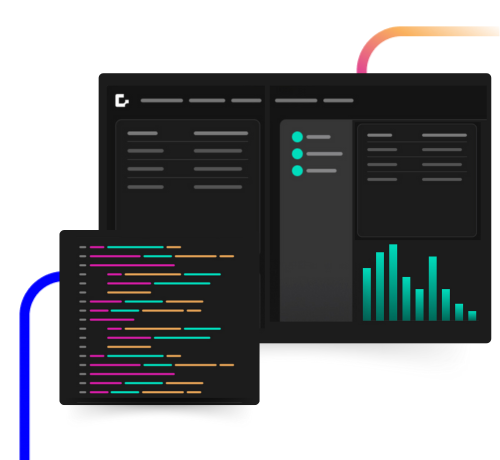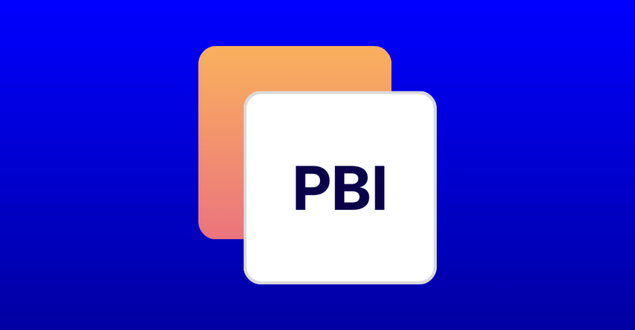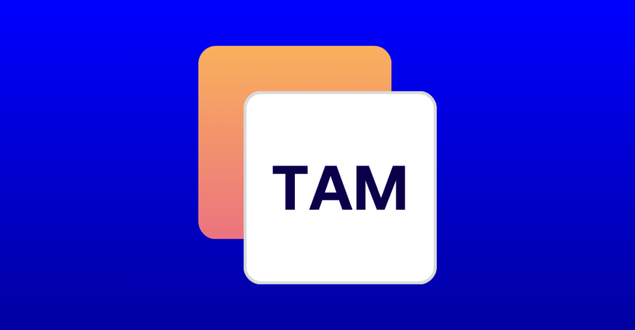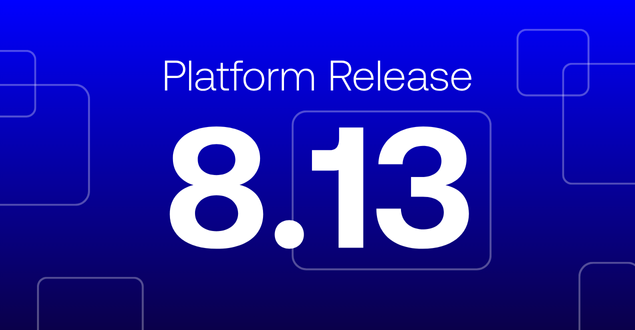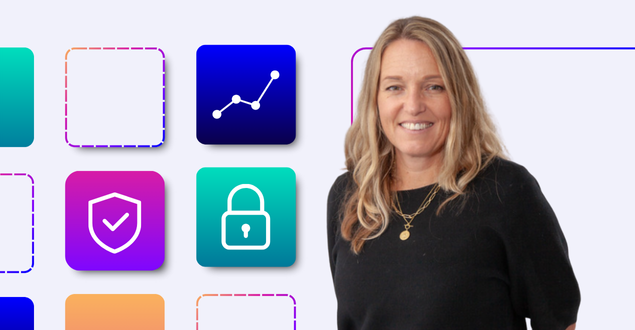Genesis release 8.2 – boosting data pipelines, reconciliation and Genesis’ start-up tool create
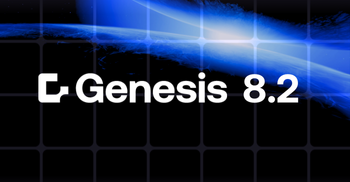
This month, we are releasing several powerful features to help developers build and configure complex functions required in financial markets applications even more rapidly. To start, we’ve upgraded how Genesis works with data sources and data sinks, as well as how it handles reconciliation, both core processes in most applications. We also made Create, our project start-up tool, much more powerful, enabling users to start, test and run even more complex applications with the tool. How we handle grids in our robust UI framework was also enhanced.
These updates improve how the platform’s Development Suite, Application Runtime environment and component Marketplace work together to make it up to 90% faster for developers to build secure, compliant, high-performance financial markets applications. Let’s dive in:
Data Integrations
Most financial markets applications process and display data and it’s common for an application to source data from multiple platforms or feeds and then output data to other systems. Genesis data pipelines configure the ingress and egress of data, including sources, operator and sink capabilities. In this release, we added pipelines enabling CSV via SFTP (as source), MQ (as source and sink), Swift (as generating and parsing operators) and CSV (as parsing operator). The platform’s Marketplace offers 30+ prebuilt integration components, covering key services like Bloomberg, S&P, Refinitiv, Pershing and SS&C.
With only 17 lines of code, the sample below of a data pipeline shows the elegance of Genesis in configuring data sources, operations and data sinks:
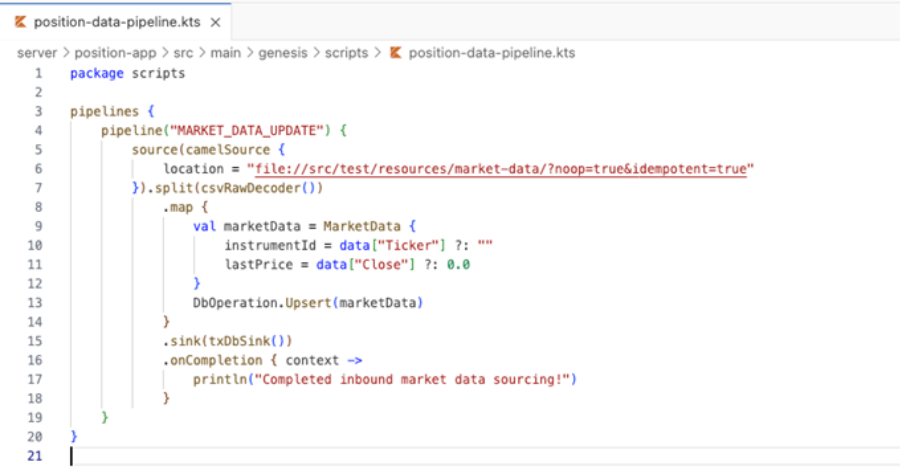
Reconciliation
Reconciliation is a key function throughout the trade lifecycle. Enhanced data visualization in the platform’s real-time reconciliation component improves how it displays data breaks and statistics about data mismatches. Easy detection helps users quickly address breaks to facilitate processes such as rapid trade settlement. Having statistics on the sources and prevalence of breaks helps users address potential data quality issues in their systems and make informed decisions about how to set data-matching tolerances in their Genesis applications.
Here is a view of how the reconciliation component can display matched and unmatched data and the details about a mismatch:
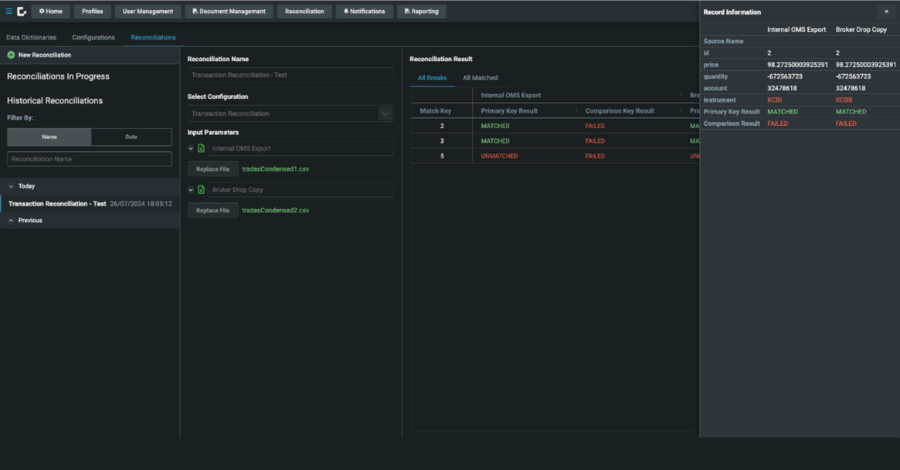
AI & Project Start Up
Users have access to Create, a web-based, code-free tool for defining business objects and views, setting up real-time data aggregations, defining database queries and specifying UI foundations. It allows users to start projects and get new applications running in minutes.
Now, Create uses AI to help users generate business objects central to financial markets applications, including trades, orders, instruments, positions and more. This makes Create suitable for starting even highly technical applications because users can configure an almost limitless variety of business objects in the tool.
Here is an example of a fixed income instrument object generated by Create:
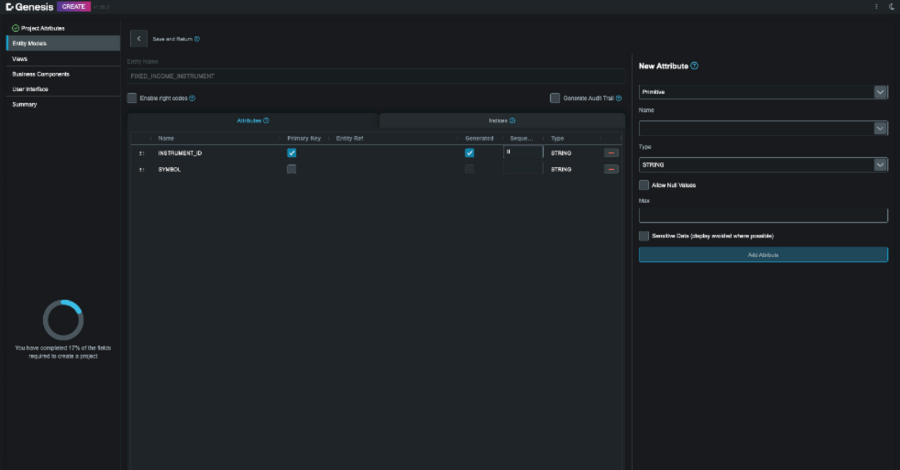
Here is an example of a fixed income trade object generated by Create:
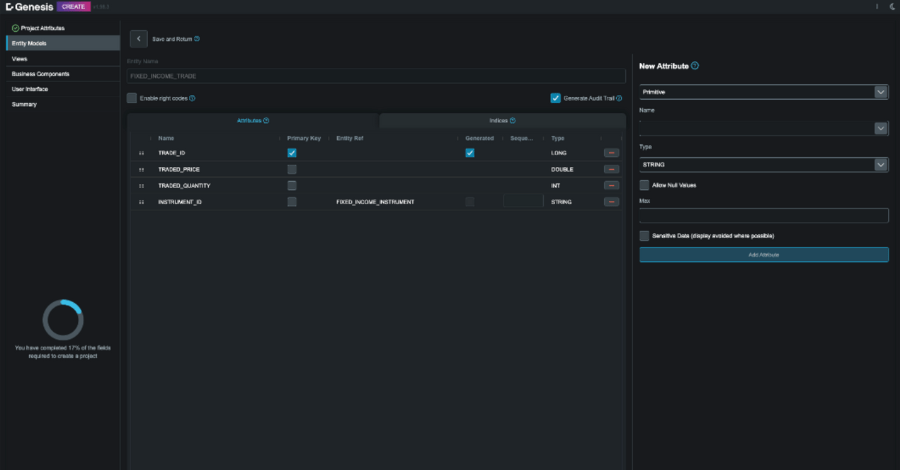
To further enable Create to start complex projects, this release makes it possible to specify multiple database indices for tables produced with Create. This facilitates higher levels of custom sorting and filtering (of trades, positions, instruments, etc.) in tables, eliminating the need for direct coding outside of Create to customize tables.
We also embedded a cloud-based development environment in Create, to help developers start building on Genesis. It makes it easier to access the codebase (to add or edit logic) and run projects in Create, without the need for local set up.
Here is a view of an application workspace displayed in Create:
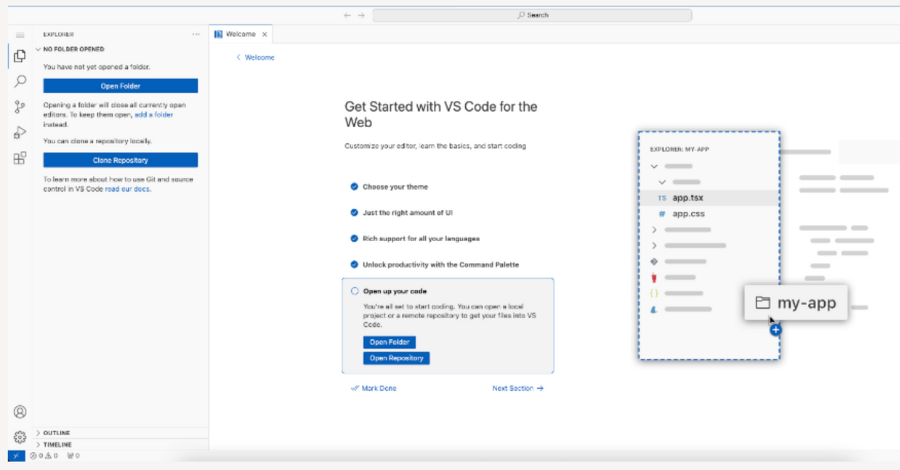
Opening an application displays the code and allows the developer to fine tune the project generated using Create:
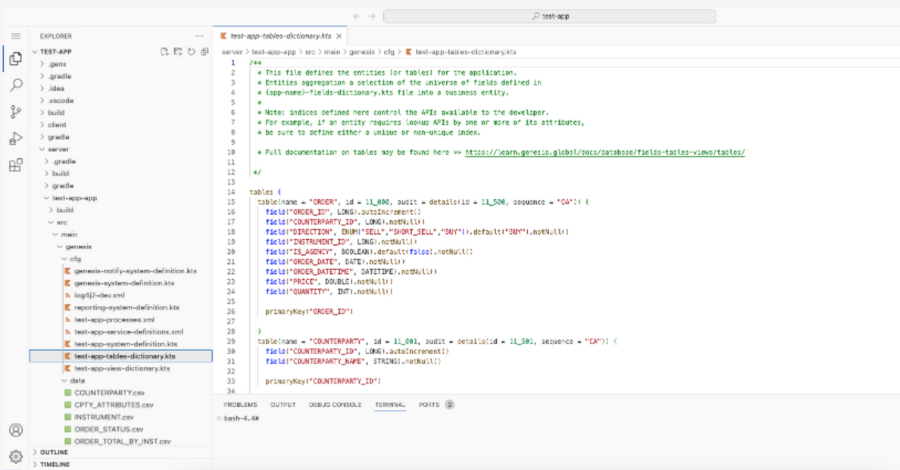
User Interfaces
With Genesis, users don’t need specialty UI coding skills to add grids, graphs and other rich, interactive user experiences into financial markets applications. This release brings several enhancements to grid functions, including improved server-side filtering and sorting. The update makes it more intuitive for engineers to build dynamic grids. It requires less code and minimizes UI real estate needed for filtering by ensuring all sorting and filtering actions are performed server-side.
Start building finance-grade
applications 10x faster
Explore the Genesis Application Platform in action with a 60-day free trial* to get your first application built and in-market faster than ever before.
